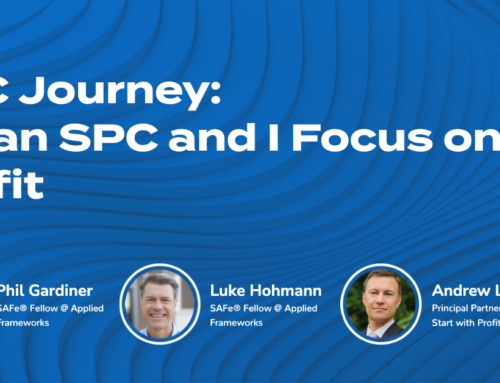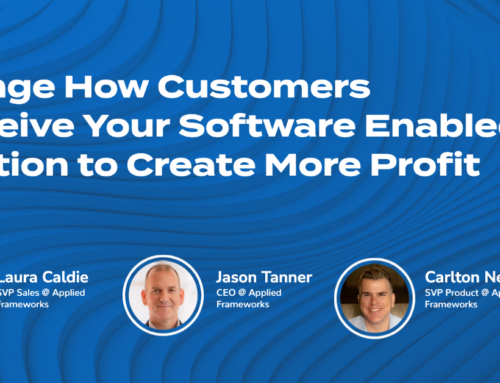
- Lack of agenda by the organizer
- Lack of engagement by the (majority of the) participants
- Never ending discussions and debate.
In most Lean Coffee sessions, participants gather, take a few minutes to build an agenda together and just begin talking through the topics one-by-one. Conversations are directed and productive because the agenda for the meeting was democratically generated. With the introduction of timeboxing, most conversations with run their natural course or the group has the opportunity to decide if a conversation is productive or not.
If you are interested in running your own Lean Coffee session, here are some step-by-step instructions (plus a cheatsheet) to get you started. Also, in the spirit of full disclosure, the instructions and cheatsheet are a simple cut-and-paste of the best set of instructions for hosting a Lean Coffee that I have found on the web: Agile Coffee.
Tools for a Lean Coffee
Here’s what you need:
- A pad or two of sticky notes (3″x3″ is fine)
- Something to write with (Pro-tip: markers work well because they’re visible from farther away)
- A timing device (eg. any smart phone)
How it Works
The steps are simple, straightforward and can be modified depending upon the situation.
- Select a theme. (optional)
- Write topics onto sticky notes, one topic per note. There is no limit to the number of topics. (Pro-tip: keep the words per card to a minimum for readability.)
- Set up a personal kanban board with three columns: To Do, Doing, Done. (Pro-tip: add a fourth column (“Actions”) to collect action items as they come up.)
- Spend a few moments introducing each topic, sharing a sentence or two describing the idea on each card.
- Vote. Each participant gets three dot votes (or more – you choose). You may cast all your votes on one topic or spread them across multiple sticky notes.
- Rank the more popular topics higher in the backlog (the “To Do” column).
- Now that you have an agenda, move the top item into the middle (“Doing”) column.
- Set the timer for five minutes — or whatever length the group determines is reasonable. This is the initial timebox for discussion.
- When the time limit is reached, hold a simple Roman Vote (thumbs up, sideways or thumbs down) to see if there’s interest in continuing the discussion. If so, set the timer for a shorter duration (eg. three minutes) and continue discussing. You can repeat this step as many times as necessary until the group loses interest in the topic.
- When the topic runs out of gas, move its card to the right (“Done”) column. Bring the next highest card over from “To Do” into “Doing” and repeat the process.
- At the end of the session, reserve time to elicit key take-aways and\or action items from the group. This is usually important if you’re using the meeting to drive decisions or create work. (Pro-tip: taking a photo of the board or any artifacts, diagrams, sketches, mind maps, etc. is handy)






